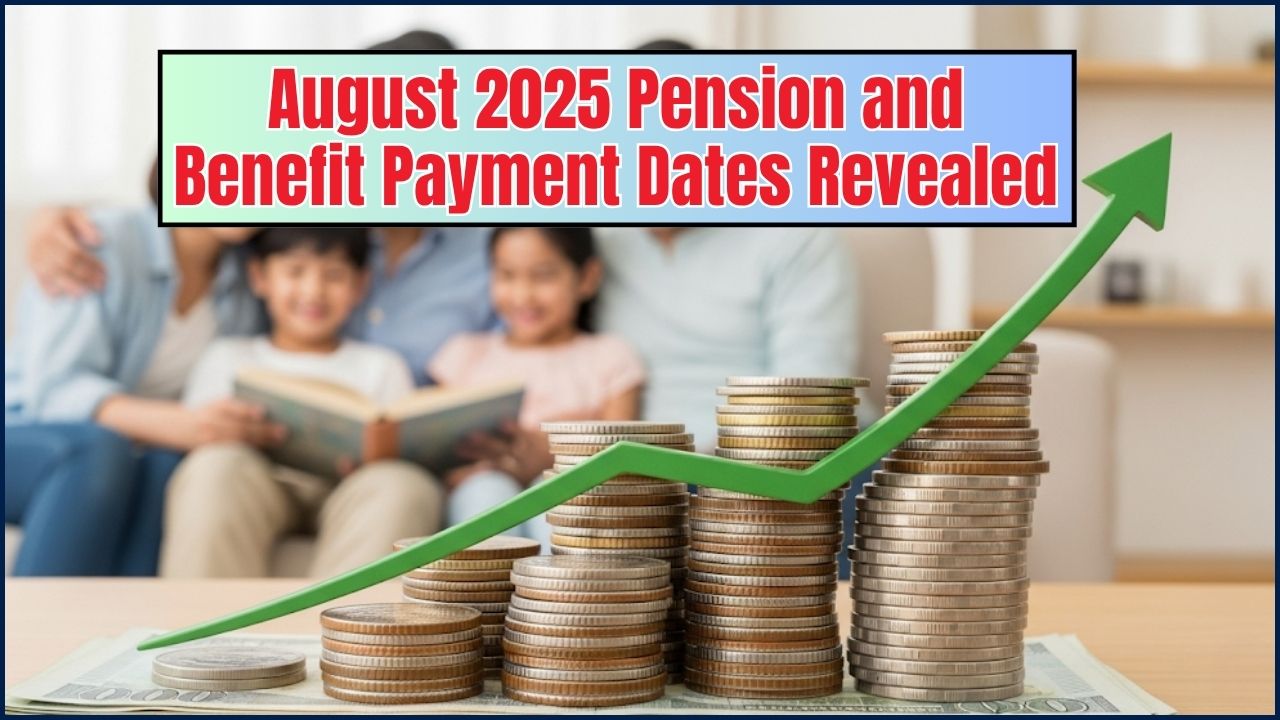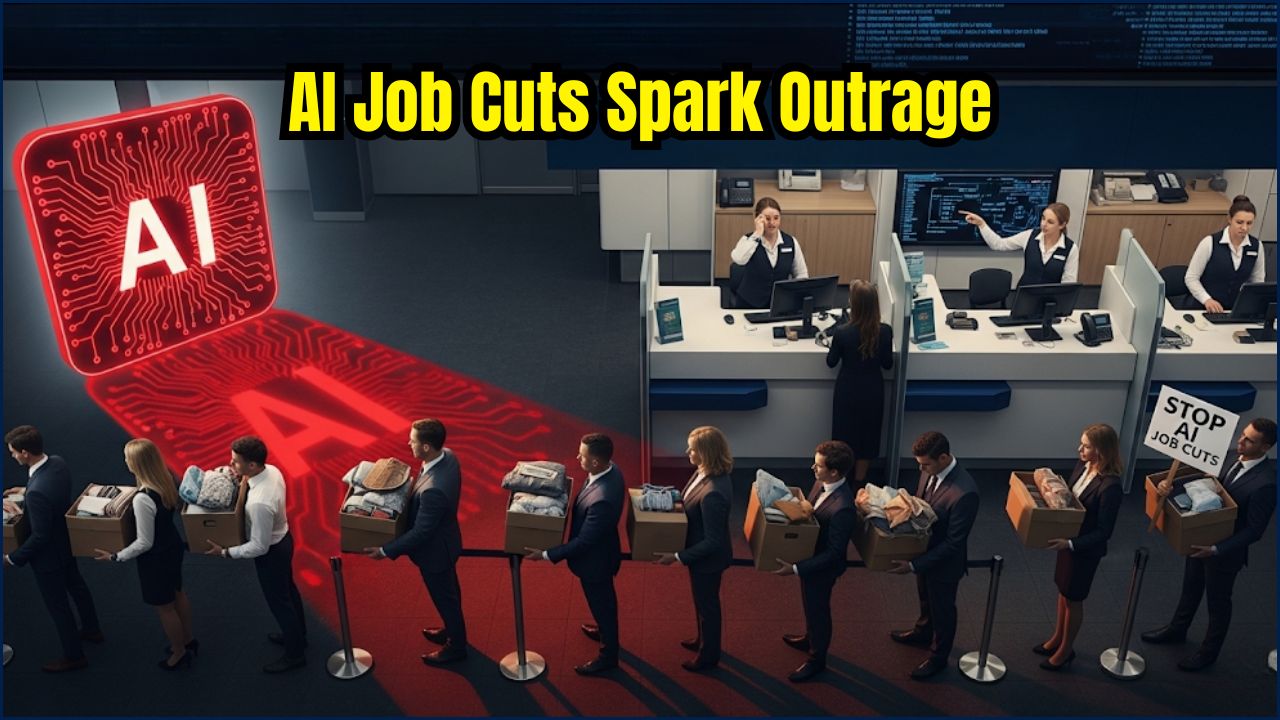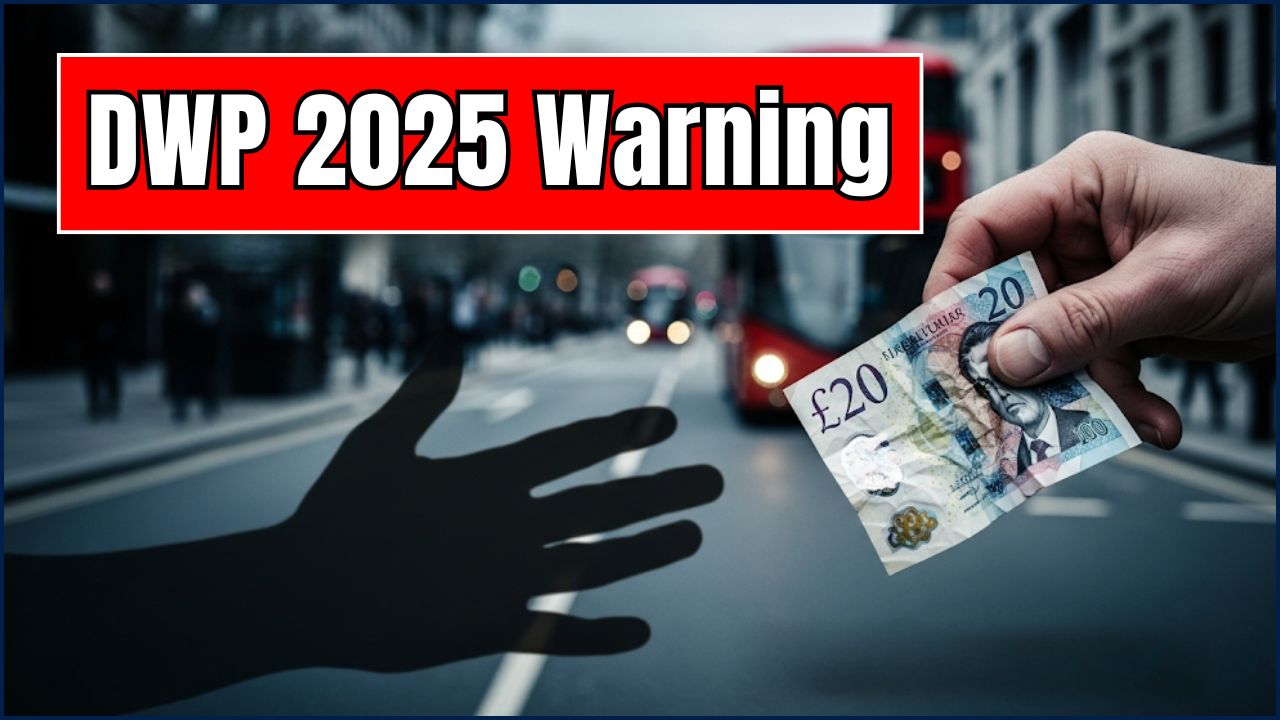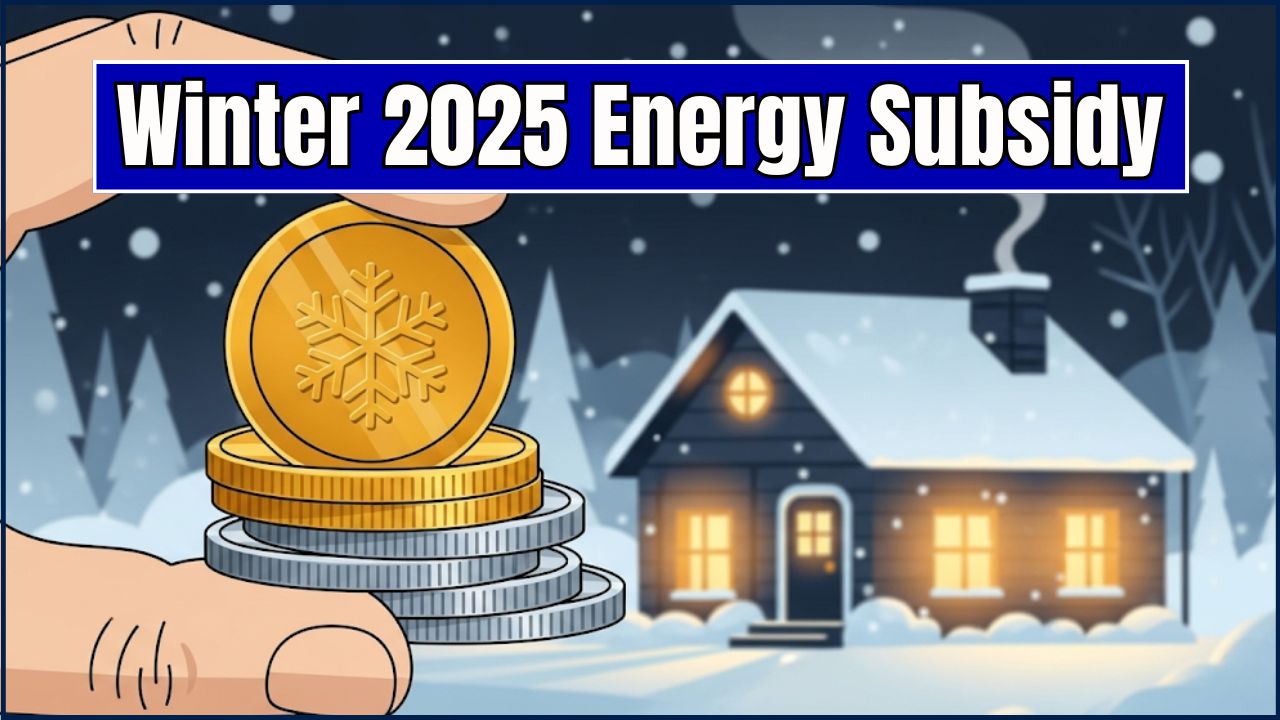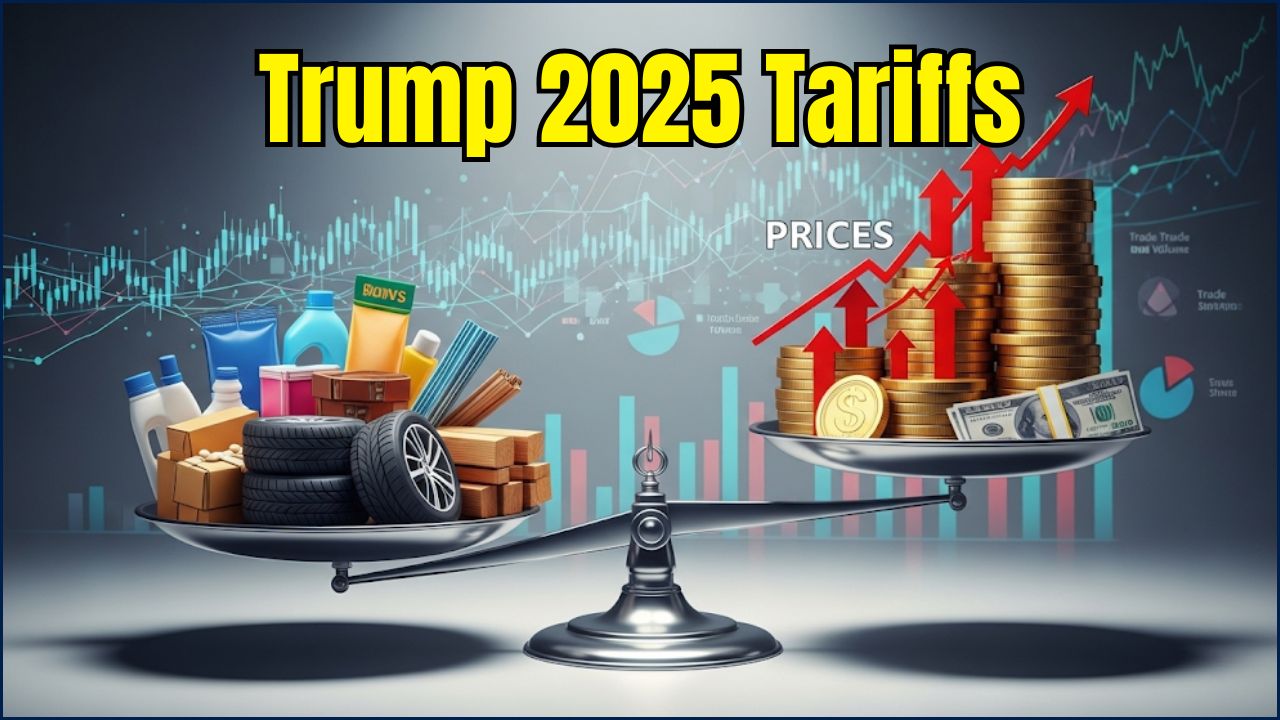In 2025, former President Donald Trump’s administration is set to implement a new round of tariffs on goods imported from over 70 countries. This ambitious economic strategy aims to protect American industries, promote domestic manufacturing, and correct trade imbalances. However, experts are divided on the potential impact. Some fear these tariffs could stoke inflation, hurt global trade relationships, and slow the economy. In this article, we’ll break down the potential consequences of these tariffs, the Federal Reserve’s actions, and what it all means for the economy—both in the short and long term.
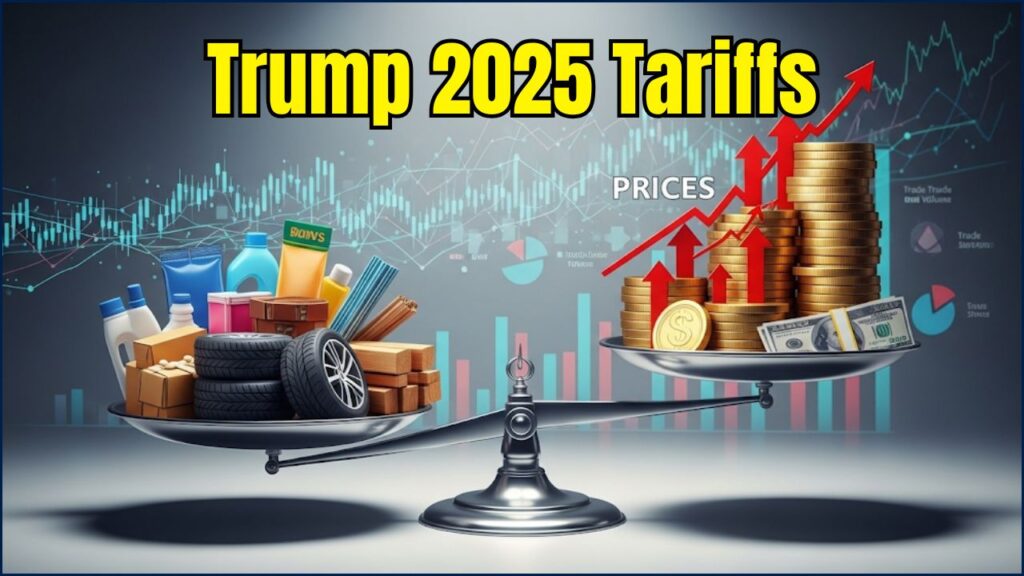
Trump 2025 Tariffs
| Key Data | Details |
|---|---|
| Tariff Impact | Tariffs of 10%-41% on goods from over 70 countries. |
| Inflation Concerns | PCE Price Index rises to 2.6% in June 2025. |
| GDP Growth | 3% GDP growth in Q2 2025, but core final sales are weak. |
| Job Market | 73,000 jobs added in July 2025, with unemployment at 4.2%. |
| Federal Reserve’s Response | Interest rates maintained at 4.25%-4.5%. Internal dissent grows. |
| Official Resources | Federal Reserve – Interest Rates |
Trump’s 2025 tariffs are a bold step toward reshaping U.S. trade policy, but they come with significant risks. While the intention is to boost U.S. manufacturing and protect American jobs, the effects on inflation, global trade, and economic stability remain uncertain. As businesses and consumers adjust, the Federal Reserve will play a crucial role in managing these challenges. Whether these tariffs will achieve their goals or lead to a prolonged economic downturn is a question that will take years to answer, but the path forward requires careful navigation and strategic planning.
What Are Trump’s 2025 Tariffs?
Former President Donald Trump’s tariffs are back, but this time, the stakes are even higher. Set to roll out in August 2025, these tariffs will target a broad range of imports from countries like China, Mexico, and members of the European Union. Products such as electronics, raw materials, chemicals, and even agricultural goods will see price hikes of anywhere between 10% to 41%. While the aim is to bring jobs back to American soil and level the playing field for U.S. businesses, the consequences are still unclear.
The Potential Impact on Inflation
One of the most immediate concerns surrounding the new tariffs is inflation. The Personal Consumption Expenditures (PCE) Price Index, a key measure of inflation, showed an increase to 2.6% in June 2025, up from 2.4% the previous month. Federal Reserve Chair Jerome Powell has acknowledged that tariffs are contributing to these rising inflationary pressures, especially as businesses pass on increased costs to consumers.
Let’s break this down with an example: If you regularly purchase items like smartphones or laptops, you might see their prices rise due to the tariffs. For example, a $1,000 laptop could see an additional $100-$200 charge as a result of these tariffs. While that might not seem like much, imagine this happening across thousands of products—groceries, cars, clothing, and more. Over time, these price hikes add up, making it more difficult for households to manage their budgets.
Real-World Examples of Affected Industries
Tariffs are particularly hard on industries that rely on imported raw materials or finished goods. For example:
- Automobiles: U.S. automakers that rely on foreign-made car parts—such as microchips, engines, or tires—could see their production costs soar, resulting in higher prices for consumers. This is especially true for electric vehicles, which often use imported components.
- Electronics: Many popular consumer electronics brands, such as Apple, Samsung, and LG, import parts from countries like China. The added cost of these tariffs could lead to higher retail prices, especially for electronics that use rare metals and specialized components.
- Agriculture: Farmers who import fertilizers, pesticides, and seeds from abroad might see their costs increase, which could trickle down to higher prices at the grocery store.
What Does This Mean for Businesses?
Businesses across the U.S. are already adjusting to the upcoming tariffs, and the outlook is mixed. Larger corporations with more robust supply chains might be able to absorb the costs. Smaller businesses, however, may face a tougher time. Small and medium-sized enterprises (SMEs) often lack the financial cushion to absorb rising material costs, and they may end up passing those costs on to customers, potentially losing business in the process.
For instance, a small furniture manufacturer that imports wood from Canada or China could see a significant price increase on materials, raising production costs. This could result in higher prices for consumers, and those who are sensitive to price hikes might turn to cheaper alternatives.
Federal Reserve’s Response to Inflation and Economic Concerns
The Federal Reserve, tasked with managing inflation and fostering economic growth, has been on high alert. The Fed has raised interest rates multiple times in an attempt to curb inflation, with rates now hovering between 4.25% to 4.5%. However, some economists argue that higher interest rates may stifle consumer spending and borrowing, potentially contributing to an economic slowdown.
The Fed’s internal dissent is also noteworthy. Governors like Michelle Bowman and Christopher Waller have expressed concerns over the weakening job market and the potential for a recession. They’ve called for rate cuts to stimulate growth, but the decision remains a balancing act. If the Fed cuts rates too quickly, it risks letting inflation spiral out of control; however, maintaining high rates for too long could slow job creation and economic recovery.
The Global Perspective: How Will Tariffs Affect Trade Relations?
While Trump’s tariffs are aimed at boosting U.S. industries, they also come with risks to international relations. China, Mexico, and other trading partners might retaliate by imposing their own tariffs on U.S. products, leading to a global trade war. These trade wars can create supply chain disruptions and result in long-term economic uncertainty.
Potential Repercussions on Global Trade
The U.S. economy is closely tied to global markets. Tariffs can disrupt not only domestic supply chains but also international trade flows. For example:
- China might retaliate by imposing tariffs on U.S. agricultural products like soybeans and pork, making them less competitive in international markets.
- The European Union could respond by targeting U.S. consumer goods or automotive products, creating a ripple effect that ultimately impacts American companies relying on overseas sales.
Steps for Businesses to Navigate Tariffs
For businesses looking to adapt to these new tariffs, here are a few steps to consider:
- Assess the Impact: Start by reviewing which imported goods are subject to tariffs and calculate how those price increases will affect your bottom line.
- Diversify Suppliers: Consider finding new suppliers, both domestic and foreign, that may be able to offer more competitive prices despite the tariffs.
- Pass on Costs Strategically: If you must raise prices, do so in a way that minimizes the impact on your customers. Offering discounts or bundles can help mitigate customer frustration.
- Consider Domestic Production: Evaluate whether it makes sense to bring production back to the U.S. in response to tariff-induced price hikes. While this requires a significant investment, it could be a long-term solution to offset tariff impacts.
FAQs
1. How do tariffs directly impact consumers?
Tariffs lead to higher costs for imported goods, which businesses often pass on to consumers in the form of higher prices. If you purchase foreign-made products, expect to pay more as the tariffs increase.
2. Will there be job losses because of these tariffs?
There is a possibility that some industries will face job cuts due to increased costs or reduced demand for products. However, the tariffs are also designed to promote job growth in U.S. manufacturing sectors, though this remains uncertain.
3. What industries will be most impacted by these tariffs?
Industries that rely on imports, such as automobile manufacturing, electronics, and agriculture, will likely see the most significant impact.


